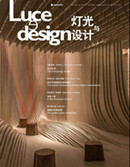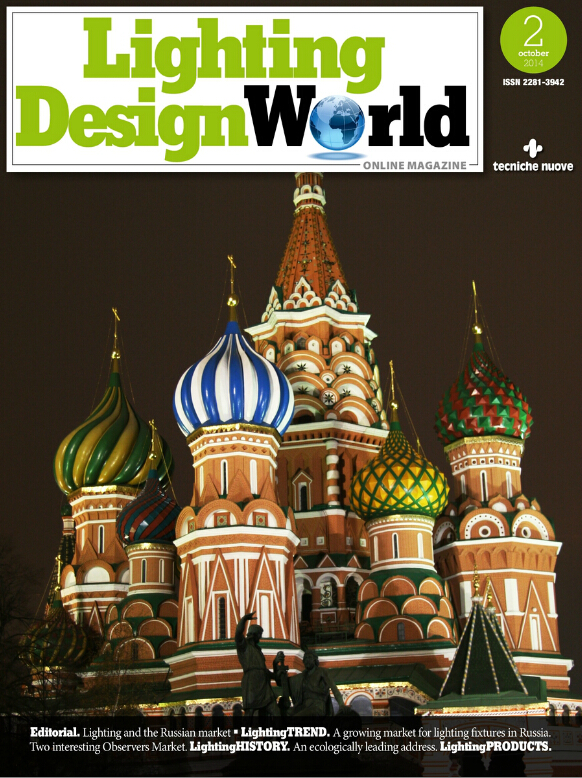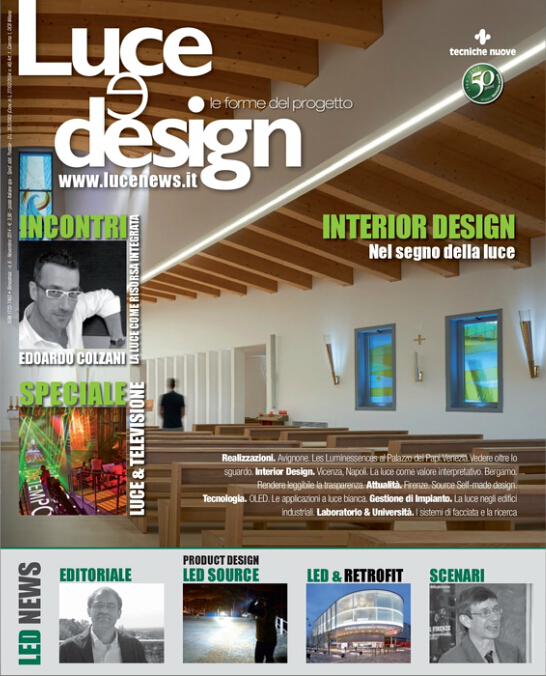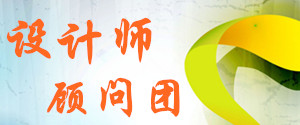光亚展采访
Stefan Hauer 索恩 亚洲区产品管理总监
记者:今年光亚展贵司推出哪些新产品?有何创新特点与技术优势?
Stefan Hauer: 今年我们重点推出15种途径让节能变得更简单的照明理念,帮助客户逐步减少照明带来的碳排放量并获得最优化的高效健康光环境,这15种节能途径不仅与节能照明有关,还包括了兼容性照明,相关标准以及照明舒适度等因素。无论是对于办公室内的职员还是室外驾驶的司机,完美、舒适的光环境都是至关重要的,因此我们需要在照明舒适性、照明标准以及节能照明之间相互平衡,这也是我们推出15种节能途径的原因,其中有部分途径是大家非常熟悉的,但是关键是如何应用这15种节能途径来获得优质节能的照明解决方案。
15种节能途径:
- 光源的光效-如何有效的将电能转化为光能(lm/w)
- 镇流器的能效等级-控制光源工作效率(能效指数 EEI)
- 灯具的配光-光源发出的光收到控制,使用光学技术使灯具发出的光到达准确的地方
- 灯具的系统能效-在灯具内部的光学和热量结合在一起进行控制管理(灯具lm/w)
- 人员感应控制-灯光将根据人员在场/离开的状态自动确定灯具的开关状态
- 日光感应控制-人工照明根据自然照明的状况进行自动调整
- 恒照度-保证工作面拥有恒定的照度
- 任务/场景设置-允许用户设置场景并且改变照明以适应不同的照明需要
- 定时开关-可安装自动定时开关在非使用时间关闭所有的灯
10. 任务照明-用恰当的照度照亮任务区域
11. 照明分区-照明根据占用模式或窗户位置被分区
12. 维护时间表-维护依据产品的使用周期,性能和照明环境进行
13. 溢散光-不被所需的光输出就是光浪费
14. 反射-通过反射到到工作面的高质量的光
15. 可视智能电表-借助可视化的功能可以提高用户对能源使用的良好意识
记者:上述15种节能途径主要应用于哪些领域?
Stefan Hauer:15种节能途径可以广泛的应用于酒店、办公室、工业、走廊、隧道、道路等各种应用场景中。
记者:2013年贵司如何拓展中国市场?
Stefan Hauer: 目前我们在中国的广州和天津各有一个工厂,生产的产品专为满足中国及亚洲市场的特殊需求,比如,就路灯照明而言, 中国有更宽阔的主干道以及更多的支线, 所以需要更多大功率路灯,并且这些路灯需要符合中国质量认证中心的相关认证。此外,我们在中国有专业的照明团队和管理团队以开拓并发展中国市场。
Reporter: What kinds of the new products that promoting at the show, and what are the uniqueness/competitive edges of the products or solution?
Stefan Hauer: In this fair we show fewer products and the highlight is our 15 energy-saving methods since we would like to focus on the whole application instead of simply talking about the products.
The 15 ways to make energy efficiency lighting easy; when you do it, it sounds like energy saving, but it is not the only thing, the compliant lighting, some certain standards to fulfill, and also the comfortable lighting are supposed to be considered. For the people using the space or the people driving on the road, the lighting must be perfect and comfortable, so we need keep the balance between the comfortable lighting, standards compliance and the energy saving. That’s why our 15 ways here, some of them are quite well know, but the important thing is how to think about it and make use of it.
15 energy-saving ways are as follows:
1. Lamp efficacy-Ensuring the lamp efficiently converts electricity to light(lm/w)
2. Ballast classification- Controlling the electricity supply to the lamp (energy efficiency index)
3. Luminaire distribution-Controlling light emission using optics which bend and shape the light to the correct location.
4. System efficacy-Combining optical and thermal control within the luminaire
5. Presence/absence detection-Providing lighting only when it’s needed
6. Daylight detection-Reducing waste light during daylight hours.
7. Constantly illuminance-Producing the correct lighting levels for the duration of the maintenance period.
8. Task/scene setting- allowing the user to set scenes and adapt the lighting to different tasks.
9. Time off- Automatic cut-off to turn all lights off during unoccupied hours.
10. Task lighting-lighting task areas with the correct amount of light, lighting is focused on the task areas, and the surrounding area won’t need too much light
11. Zoning of lighting-Zoning lighting in accordance to occupancy patterns or window location
12 Maintenance schedule-Tailoring maintenance schedules in accordance to product age, performance and environment
13. Waste light-Eliminating waste light which does not hit the intended target
14. Reflectance-Taking advantage of light which is reflected from the surface within the space
15. Visible smart metering-Enabling results of actions to be quickly seen as increase or decreased energy use to encourage responsible energy consumption
Reporter: What kinds of areas are applied the 15 energy-saving methods above mentioned?
Stefan Hauer: It can be widely used in hotel, office, tunnel lighting, road lighting, industry lighting and corridor lighting etc.
Reporter: How do you expand the development of Chinese market?
Stefan Hauer: We have two factories in China, Guangzhou and Tianjin, the products of which specifically focus on China and Asia market, for instance, road lighting, in China there are big roads and more lanes, thus bigger powerful road lanterns are needed and they also need to comfort to China Quality Certification Centre (CQC). Local team is what we rely on to develop Chinese market.





































